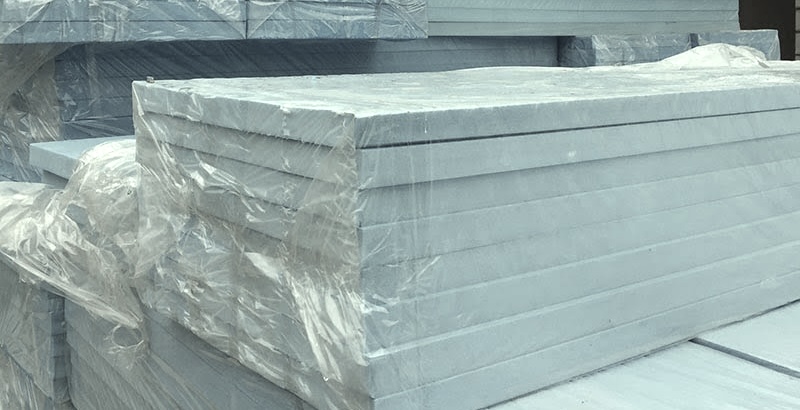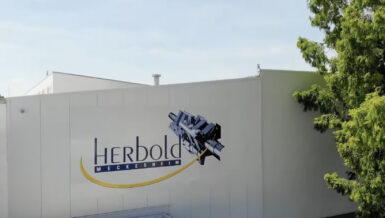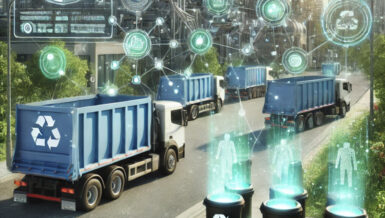Understanding XPS and Its Challenges
XPS is a closed-cell rigid foam made from polystyrene and a blowing agent offering excellent thermal insulation and moisture resistance. In building insulation boards and packaging, XPS waste accumulates significantly during demolition, remodeling, and manufacturing processes.
Key challenges in recycling XPS include:
- Low bulk density, making transport inefficient
- Contamination from adhesives or coatings
- The presence of legacy blowing agents like HFCs that require safe handling
The Process of Compacting XPS Waste
Before recycling, XPS waste must be reduced in volume. Compacting technologies minimize transportation costs and make further processing viable.
Step 1: Collection and Pre-sorting
XPS waste is collected from construction sites or manufacturing facilities. Manual or automated systems may sort the material to remove contaminants such as dirt, metals, and insulation debris.
Step 2: Shredding
Using industrial shredders, XPS waste is cut into smaller pieces for consistent particle sizing for downstream processing.
Step 3: Densifying or Compacting
There are two primary technologies:
- Cold compactors use mechanical pressure to compress XPS into dense blocks.
- Thermal densifiers melt XPS at low temperatures, reducing it to a viscous paste that solidifies into ingots. These are easier to store and transport but require more energy and safety protocols.
Densification can reduce the volume of XPS waste by up to 98%.
Technical Processes in XPS Recycling
Once compacted, XPS material can be processed into recycled polystyrene for reuse.
Step 4: Cleaning and Separation
Compacted blocks are ground into flakes and passed through a washing system to remove adhesives and dust. Advanced systems may use air classification or float-sink separation to isolate pure polystyrene.
Step 5: Extrusion and Pelletizing
Cleaned flakes are melted and extruded into pellets using twin-screw extruders. The pellets can be used to manufacture new plastic products.
Innovations in XPS Waste Recycling
The recycling industry is actively developing solutions to improve the efficiency, safety, and environmental impact of XPS recycling.
Advanced Sorting Technologies
- Near-infrared (NIR) sensors for better identification of polystyrene types
- Robotic sorting systems for precision separation
Chemical Recycling Options
New processes like depolymerization are being explored to break XPS down into its monomers, offering higher-quality recyclate.
Eco-Friendly Blowing Agents
Manufacturers are transitioning to climate-neutral blowing agents like CO2 and water vapor, simplifying end-of-life treatment.
Circular Design Initiatives
Some insulation manufacturers design take-back systems and use post-consumer recycled (PCR) content in new XPS products.
Key Equipment for XPS Recycling Facilities
A professional XPS recycling line may consist of:
- Industrial shredder
- Cold or thermal compactor
- Dust and film separation units
- Washing and drying modules
- Extrusion line with pelletizer
Each unit must be chosen based on input contamination level, desired throughput, and local regulations.
Explore available technologies: RecyclingInside Equipment Directory.
Environmental and Economic Benefits
- Reduced Landfill Use – By densifying and recycling XPS, companies can divert significant volumes of waste from landfills.
- Revenue Generation – Recycled polystyrene pellets have market value, especially in the packaging and construction sectors.
- Compliance with Regulations – XPS recycling supports compliance with environmental directives such as the EU Waste Framework Directive or EPA solid waste guidelines.
The Future of XPS Waste Recycling
- AI-Driven Optimization – Artificial intelligence will improve sorting, contamination detection, and equipment efficiency.
- Mobile Densification Units – Portable compactors are being deployed directly on-site to reduce transport costs and carbon emissions.
- Cross-Industry Collaboration – Construction firms, recyclers, and equipment suppliers collaborate on closed-loop systems and extended producer responsibility (EPR) programs.
- Legislative Push – Countries are increasingly introducing bans or restrictions on landfilling XPS, incentivizing recycling initiatives.
Conclusion
Recycling XPS waste is both a technical and environmental necessity. The industry is moving towards sustainable and profitable solutions through advanced compacting systems, specialized equipment, and innovative recycling processes. For recycling professionals, understanding the complete value chain—from waste collection to pellet production—is essential in building the infrastructure for a circular plastics economy.
Stay informed with more updates on RecyclingInside.com.








